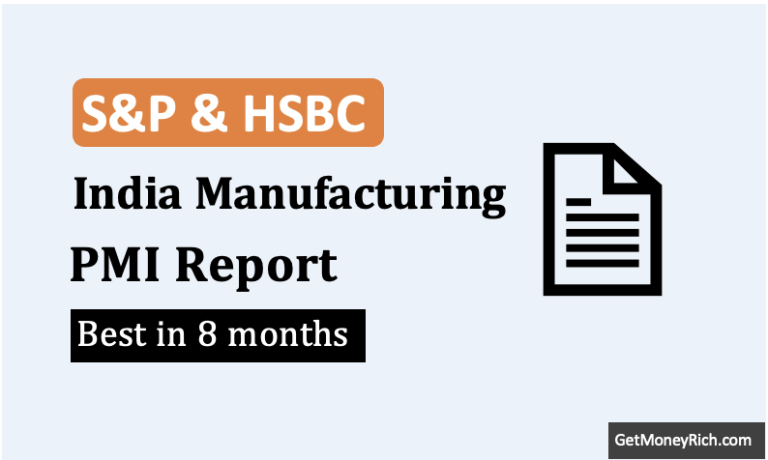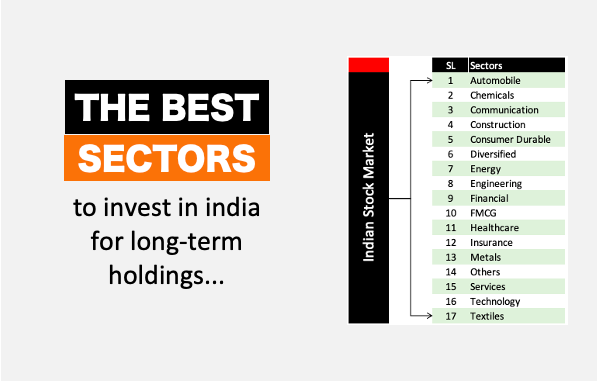So, things have been quite interesting in the financial sector lately, especially if you’ve been keeping an eye on Axis Bank. The third-quarter (Q3) results for FY25 have just dropped and let’s just say, they’ve stirred up quite a bit of conversation. As a personal finance enthusiast, it’s got me thinking too. What does all this mean for the banking sector in general? Is the year 2025 continue to be tough for the banking stocks? Considering year 2024 was not easy, will stocks like HDFC Bank, Axis Bank, Kotak Mahindra Bank, etc continue to underperform in 2025? You can also read here about IndusInd Bank’s share crashing by -18%.
To seek an answer, let’s dive in, shall we?
Axis Bank’s Q3 Report Card: A Mixed Bag
Axis Bank is one of the big banks in the Indian private banking space. It reported a 4% jump in its net profit, clocking in at Rs.6,304 crore for the Q3 December quarter.
Sounds good on the surface, right? Well, not so fast.
The market was expecting more, and the stock took a bit of a tumble initially, hitting a 52-week low of Rs.974. It later recovered some ground, but the message was clear: investors weren’t thrilled.
What went wrong?
Well, it wasn’t just one thing, but a combination of factors:
- Loan Growth Slowdown: Both, the amount of loans Axis Bank gave out and the amount of deposits they received grew at the slowest pace in the last 15 quarters. For banks, it is akin to the shops that’s not selling as much or attracting as many customers.
- Bad Loans (NPAs) on the Rise: This is a bigger problem. The bank saw an increase in “slippages,” which is a fancy term for loans that are not being paid back (Non Performing Assets – NPAs). Most of these bad loans came from the retail sector – personal loans, credit cards, and even agricultural loans. This is worrying because when these types of loans becomes NPA, they point towards underlying problem in the economy (especially in the financial sector). They point towards falling incomes, reduced spending, etc. Read about a related topic to NAPs, what is mean when banks take a haircut.
- Higher Provisions: To cover the potential losses from these bad loans (NPAs), Axis Bank had to set aside a larger amount of money – what we call “provisions.” It’s like keeping money in a piggy bank for a rainy day. The fact that a big Indian bank like Axis Bank is required to keep a bigger piggy bank is not a great sign.
- Profit Margins Squeezed: The bank’s net interest margin (NIM), which is a measure of how profitable their lending business is, saw a bit of a dip. This means they’re not making as much profit on each loan as they used to. Whenever investors see falling margins (not matter the stock is from whichever sector), they always take a defensive stance which often leads to selling.
The Bigger Picture: What Does This Mean for the Banking Sector?
Now, Axis Bank is just one bank, but it is one of the bigger private banks in India. Hence, its performance can tell us a lot about the overall health of the banking sector.
Here’s what I’m thinking:
- Retail Lending Under Scrutiny: The rise in bad loans in the retail segment is a red flag. It seems like people are struggling to pay back their loans. This could be due to a number of factors like inflation, job uncertainty, etc. Banks will likely become more cautious about giving out unsecured loans (like personal loans and credit cards).
- Deposit Growth is Key: Banks need deposits to fund their lending operations. Axis Bank’s deposit growth is slower than some of its peers. This means banks are competing fiercely for our savings. Expect to see more attractive offers on savings accounts and fixed deposits. Read about SBI, HDFC Bank, and other banks increasing their FD rates in Jan’25.
- Cautious Lending Ahead: With all the uncertainty, banks are likely to become more cautious about lending. They may tighten their lending criteria, making it more difficult for some people to get loans. Don’t be surprised if getting a loan, especially a personal loan becomes a little harder.
- The Macroeconomic Environment Matters: The bank’s management pointed out that the slow GDP growth is impacting the repayments. This is a good reminder that a bank’s performance is closely tied to the health of the overall economy.
My Take
So, what’s my personal view on all of this?
Honestly, the Axis Bank results have given me a bit of a pause. The increase in bad loans, particularly in the retail segment, is concerning. It makes me think that it’s not going to be a smooth ride for the banking sector in Q4 FY25 and couple of more quarters in FY26.
However, it’s not all doom and gloom.
For example, Axis Bank has proactively acknowledged the issues and is focusing on strengthening its deposit base. The bank will also work to improve its asset quality. When banks start to talk about deposits and NPAs, for me it is a positive sign, it gives hope that form this point forward, things will start improving.
Also, the fact that big banks like Axis Bank are deliberately slowed down their lending is a sign of maturity. It improves my perception about the Indian banking sector.
What I’ll Do Now?
- I’ll Be Mindful of Debt: Given the potential challenges, now is a good time to be mindful of our debts. I’ll surely try to avoid unnecessary borrowing. Moreover, if I already have loans, I’ll make a plan to repay it as soon as possible. Read more about the benefits of loan prepayment here.
- Look Deeper: I’ll keep a close watch on the performance of the banks in my portfolio. I’ll not just look at the overall profit numbers. I’ll look deeper into their asset quality, deposit growth, and profitability margins.
- Consider Diversification: I’ll not put all my eggs in one basket. I’ll diversify my investments across different sectors. Next few quartern could be tough for the Banking stocks, so I’ll consider diversifying in other non-related sectors like Pharma, IT, Consumer goods (FMCG), etc.
- Don’t Panic: The market can be volatile so I’ll not make impulsive decisions based on one quarter’s results (panic selling). Actually these are times when there could be price correction in few quality bank stocks. I’ll consider accumulating a few. For example, since 16-Dec-2024 (about 1 month), price of ICICI Bank has corrected by about 9%.
Wrapping Up
The Axis Bank story is a reminder that the banking sector is not immune to challenges. They are safe stocks, but they can also correct by 10-15% due to weak quarterly results. For example, A big stock like HDFC Bank has corrected by more than 12% since its 13-Dec’24 peak.
While there are some headwinds, this is also a time when good management and sound strategies will be key.
If you found this article useful, please share it with fellow investors or leave your thoughts in the comments below!
Have a happy investing.





![India's Food and Beverage (F&B) Sector Analysis [2025] - Thumbnail](https://ourwealthinsights.com/wp-content/uploads/2025/01/Indias-Food-and-Beverage-FB-Sector-Analysis-2025-Thumbnail-768x461.jpg)
